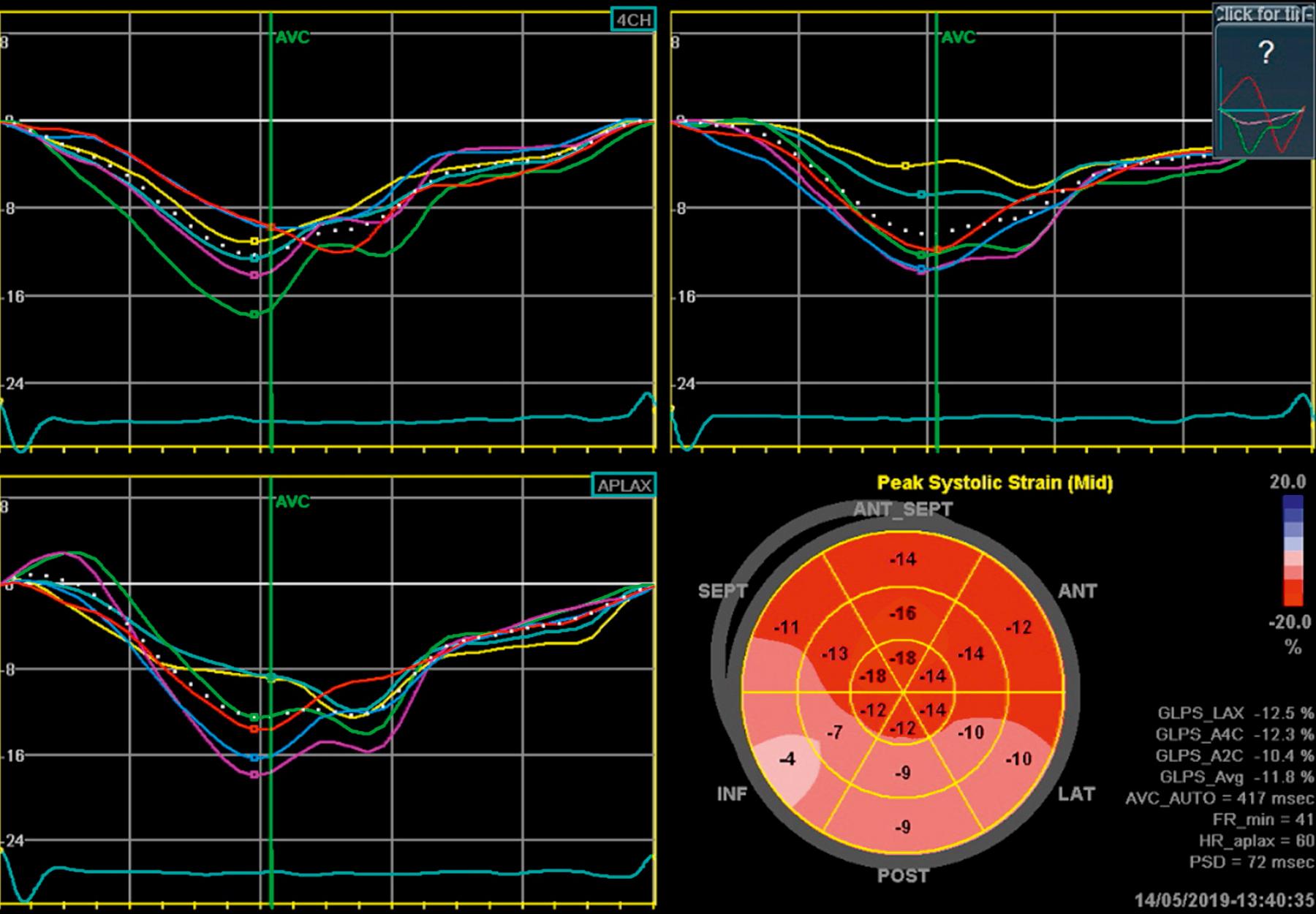Physical Address
304 North Cardinal St.
Dorchester Center, MA 02124
Echocardiography can show a regional wall motion abnormality (WMA) that may indicate the presence of coronary artery disease (CAD). Even in patients without established CAD, a WMA is associated with a 2.4- to 3.4-fold increase in risk of cardiac events. Wall motion analysis should be done using the method recommended by the American Society of Echocardiography (ASE) in 1989, with particular attention to endocardial thickening. If endocardial definition is poor, an intravenous contrast agent should be used to enhance the evaluation of wall motion. The addition of contrast has been shown to improve accuracy and decrease interobserver variability in the assessment of regional wall motion. The 17-segment model recommended by the ASE should be used to describe the location of WMAs when detected.
Visual wall motion analysis can be challenging, especially in smaller and subendocardial infarctions. Myocardial ischemia first affects the subendocardium, which is mostly composed of longitudinal fibers. Global longitudinal strain (GLS) is reduced in subendocardial infarctions. GLS is a more sensitive method to detect subtle myocardial dysfunction than visual assessment because increased circumferential and radial shortening can mask subtle WMAs. The addition of speckle tracking software for quantitative analysis of myocardial deformation has improved the detection of myocardial infarction when combined with visual analysis. But segmental strain analysis has higher variability than GLS. Furthermore, there is also significant intervendor variability. With this in mind, polar strain maps can be a helpful adjunct to visual wall motion analysis ( Fig. 44.1 ).

Echocardiography-derived left ventricular ejection fraction (LVEF) is a very important prognostic marker in patients with CAD. However, similar to wall motion evaluation, accurate determination of LVEF requires good endocardial definition. When endocardial definition is suboptimal, the addition of contrast is essential to improve the interobserver variability and accuracy of LVEF measurements. GLS has recently been shown to be a better marker of prognosis in stable CAD than LVEF. Furthermore, GLS measurements are highly reproducible compared with many traditional echocardiography measurements, such as wall thickness.
Become a Clinical Tree membership for Full access and enjoy Unlimited articles
If you are a member. Log in here